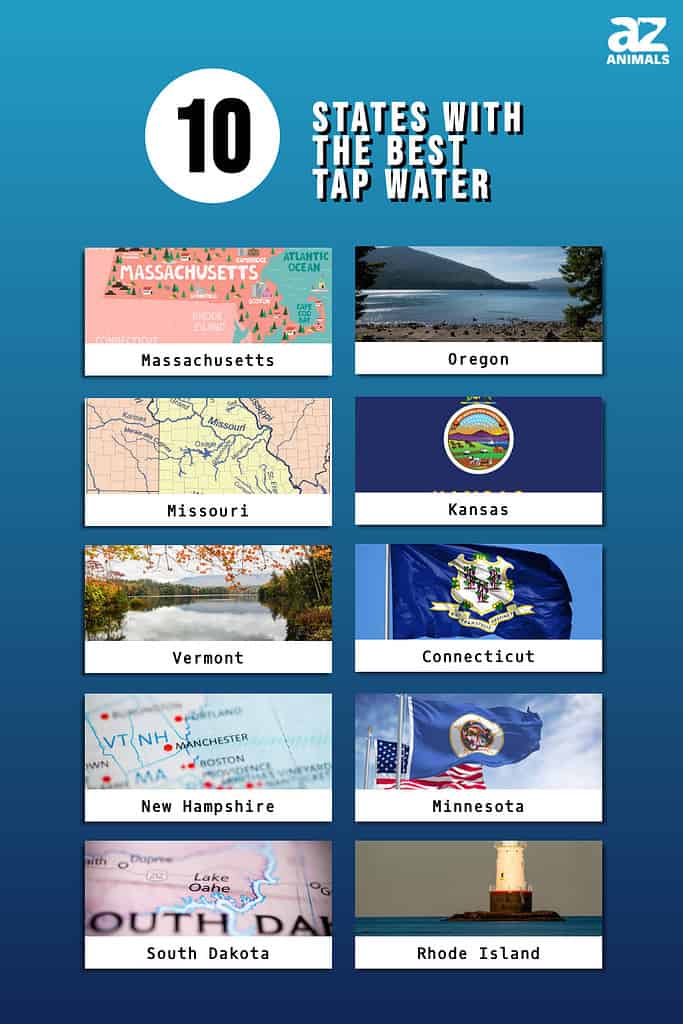
Have you noticed that you’ve never had to buy a filter for your sink, since your tap water comes out sparkling clean and delicious? Perhaps you’ve had the opposite experience and tend to warn visitors to never drink the tap water at your home (or anywhere else).
The United States actually has one of the safest systems for water in the world. This is despite the fact that many states lack very clean drinking water. But which states with the best tap water come out on top? In this guide, we’ll take a look a the 10 states with the best tap water to see if your state made the list. But first, let’s have a little science lesson on what makes tap water “bad.”
What Causes Bad Tap Water?
Depending on the region and unique conditions, the quality of tap water in the United States can vary quite a bit. Tap water in the United States is generally regarded as safe to drink. However, there are a few things that might affect the quality of one’s tap water.
Bad tap water has many causes, one of which is aging infrastructure. Some regions may have old or damaged water distribution infrastructure, including pipes and treatment facilities. This may result in problems like leaks, pollution, or a decline in the quality of the water.
Bad tap water can also be a result of contaminants. Various contaminants, such as those produced by industrial and agricultural processes and naturally existing compounds, can be found in tap water. Heavy metals (lead, arsenic, etc.), pesticides, fertilizers, microorganisms, and byproducts of disinfection products are examples of common pollutants.
Tap water problems caused by lead pipes can be quite problematic. Lead pipes or lead soldering can still be found in older homes or areas with antiquated plumbing systems. Water passing through these pipes may pick up lead particles, causing tap water to become contaminated with lead.
A further concern is runoff from agriculture. Pesticides and fertilizers used for farming in agricultural regions might infiltrate water sources through runoff. This can possibly pollute the water supply. In a similar vein, contamination can result from industrial pollutants. Pollutants from industrial operations may end up in the tap water supply after being released into the air and water sources.
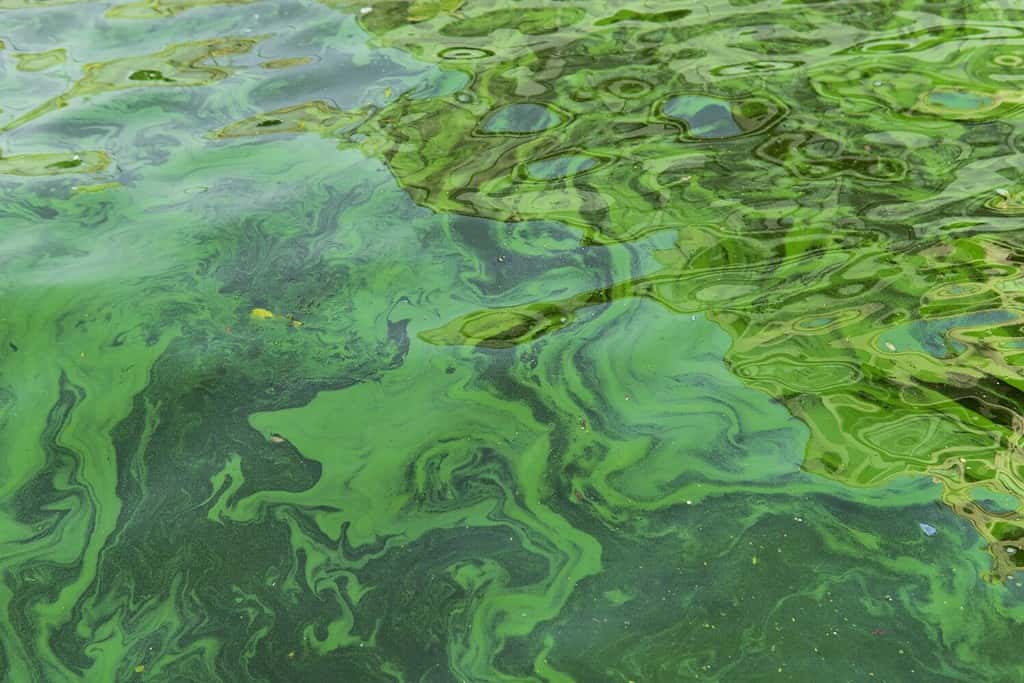
Pollution can be caused by bacteria (pictured) as well as a host of other sources and causes.
©Aleksandrkozak/Shutterstock.com
Know Your Rights
It is essential to remember that the United States has rules and regulations in place to guarantee the safety of tap water. Under the Safe Drinking Water Act (also known as SDWA), the Environmental Protection Agency (known more commonly as the EPA) establishes criteria for drinking water quality. Public water providers are expected to test and monitor the water supply on a regular basis. This is done to make sure it complies with these criteria. However, problems might still develop as a result of the different circumstances outlined above. You can speak with your neighborhood water provider or consult the yearly Consumer Confidence Report if you have questions about the tap water quality in your particular region.
Without further ado, let’s take a look at the 10 states with the best drinking water!
1. Massachusetts
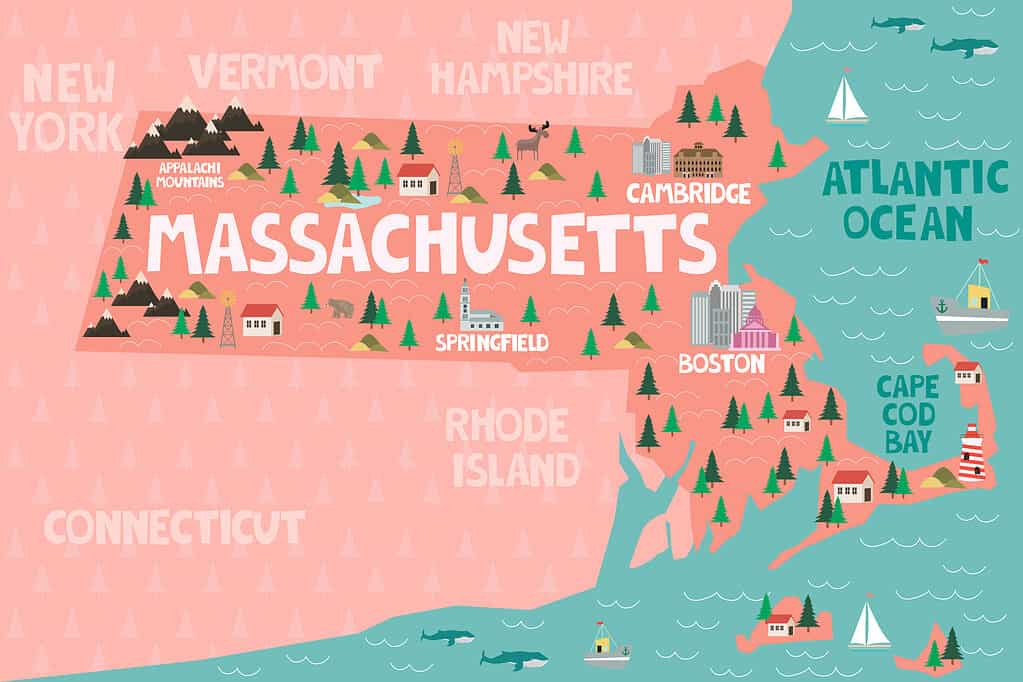
Massachusetts is the state with the best tap water.
©Mio Buono/Shutterstock.com
In the United States, Massachusetts proudly serves as a shining example of great tap water quality. The state is known for having some of the best tap water in the nation. This is likely because of its dedication to strict laws, cutting-edge treatment techniques, and the protection of water sources.
To guarantee the quality and security of its water supply, Massachusetts has imposed extra state-specific regulations in addition to the strict criteria established by the Environmental Protection Agency. There are rigorous monitoring mechanisms in place to check for a variety of pollutants, such as bacteria, chemicals, and heavy metals.
Another important element is the state’s investment in cutting-edge water treatment infrastructure and technology. Modern filtering techniques, such as ozonation and granular activated carbon, efficiently remove contaminants and improve taste and odor. Massachusetts also places a high priority on safeguarding its water supplies, including its rivers, reservoirs, and groundwater, through extensive conservation initiatives and watershed management techniques.
Massachusetts citizens can enjoy fresh and clean tap water right from their faucets. Access to such clean water could be a major contributor to their general health and well-being. This is made possible by constant dedication to quality by Massachusetts officials.
2. Oregon
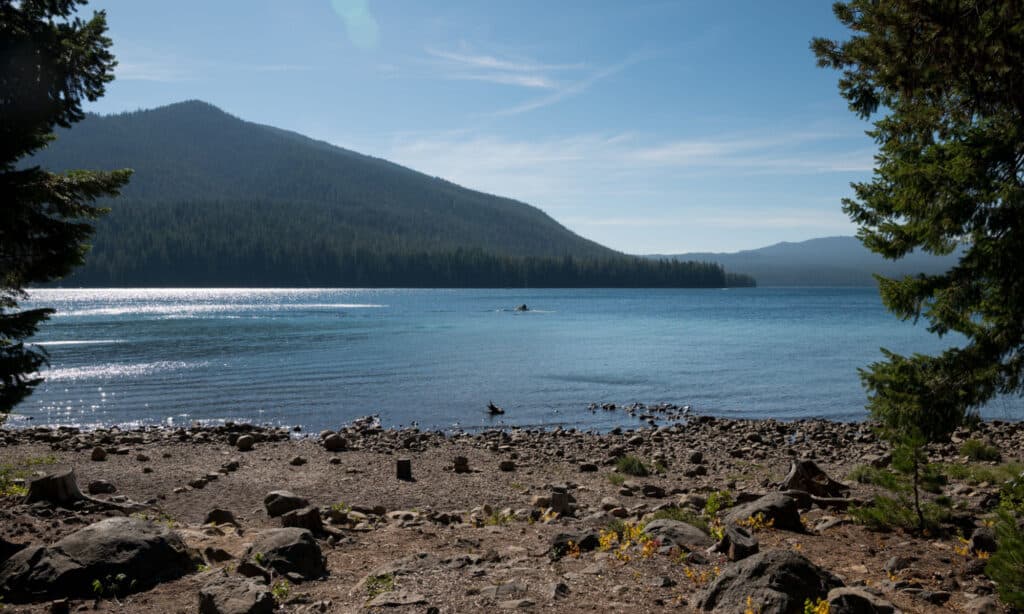
Oregon (pictured) has some of the cleanest water around thanks to conservation efforts and regulatory compliance.
©Manuela Durson/Shutterstock.com
With its reputation for having some of the greatest drinking water in the nation, Oregon stands out as another example of outstanding tap water quality in the United States. Oregon has excellent tap water, which is due to a number of variables.
In order to guarantee the quality and security of its water supply, the state first implements strict rules. It applies extra state-specific regulations for the control of water quality in addition to adhering to the high criteria established by the Environmental Protection Agency.
Second, Oregon is endowed with an abundance of natural resources, such as pure lakes, rivers, and groundwater supplies. The state places a high priority on safeguarding these water sources by enforcing strict conservation policies, managing watersheds, and taking precautions against pollution and contamination.
Oregon also makes investments in infrastructure and cutting-edge water treatment technology. Modern filtering techniques, such as reverse osmosis and activated carbon, efficiently remove contaminants to provide clean and delicious tap water. Because of these extensive efforts, Oregonians can depend on their tap water with confidence for drinking, cooking, and other everyday requirements.
3. Missouri
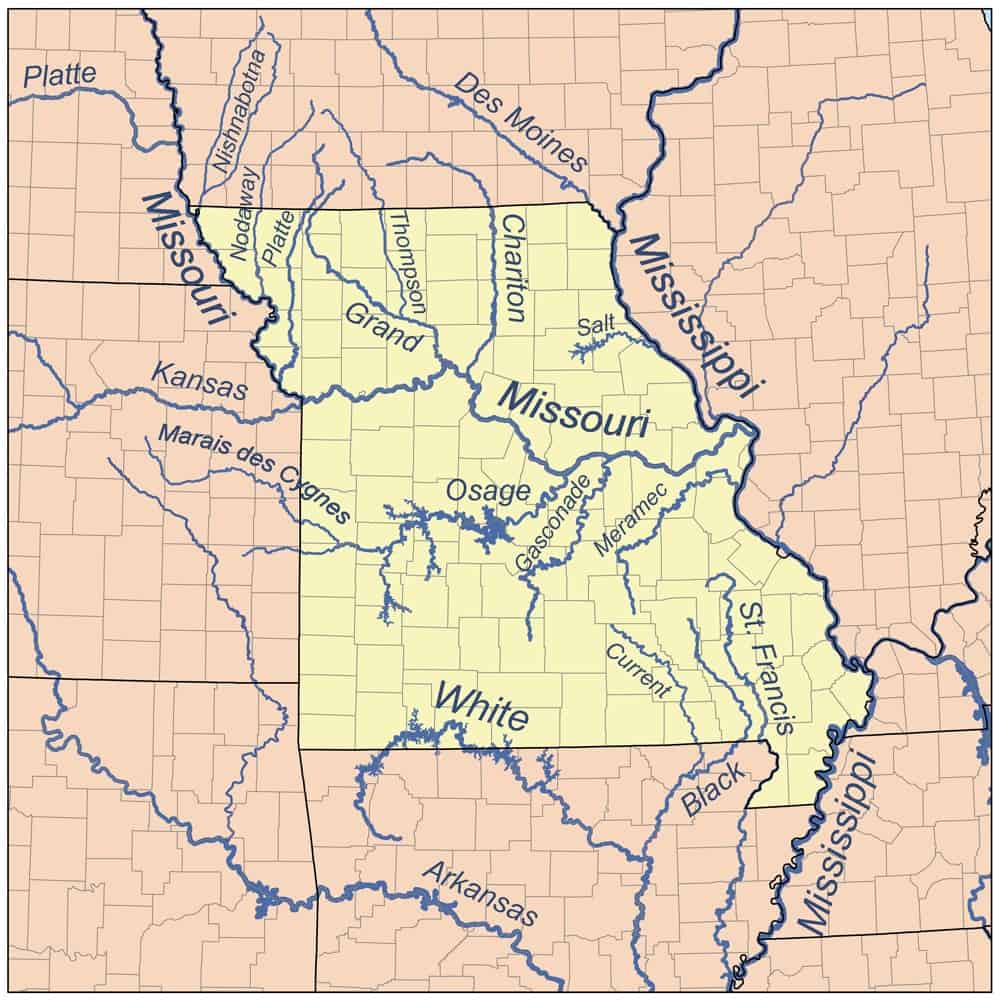
Missouri has great drinking water. The tap in Missouri proves that the U.S. has high-quality drinking water.
With some of the best drinking water in the nation, Missouri provides proof that tap water in the United States is of very high quality. The state’s reputation is influenced by its dedication to water management, strict laws, and cutting-edge treatment techniques.
The Environmental Protection Agency’s stringent water quality requirements are readily and consistently enforced in Missouri, along with other state-specific regulations. Programs of rigorous testing and monitoring guarantee that the water supply satisfies or exceeds the highest requirements for purity and safety.
A large and dependable source of water is provided by the state’s numerous water resources, which include the great Mississippi River, scenic lakes, and subterranean aquifers. Through extensive conservation initiatives and proactive watershed management techniques, Missouri actively seeks to conserve these natural resources.
Additionally, Missouri makes investments in cutting-edge water treatment infrastructure and technology. In order to eliminate contaminants and provide its citizens with clean and clear tap water, sophisticated filtration systems, disinfection procedures, and chemical treatment methods are used.
With these joint efforts, Missouri citizens can have confidence in the purity and security of their tap water, taking advantage of a consistent and energizing supply that improves their general well-being.
4. Kansas
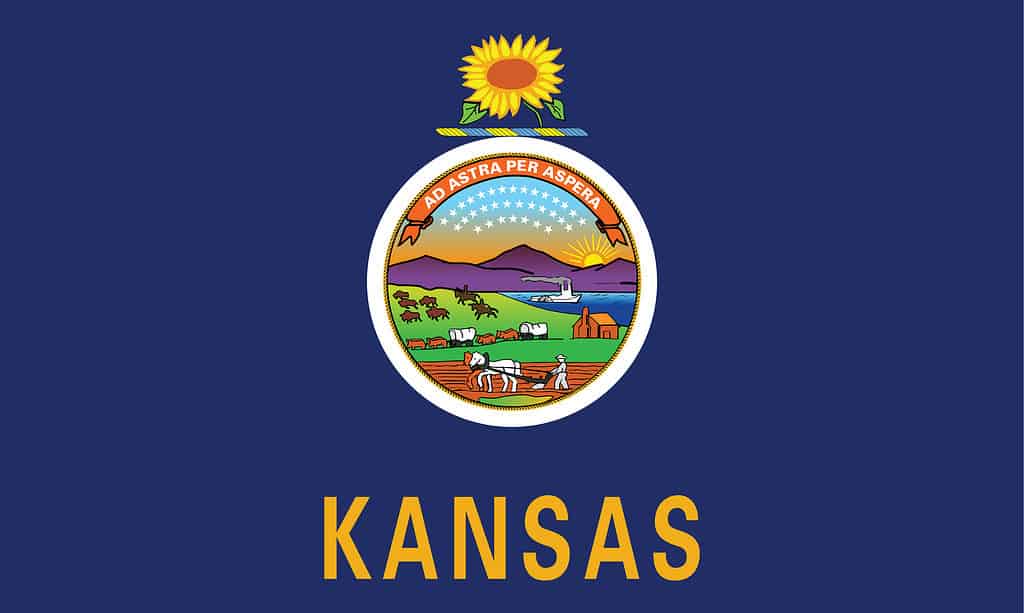
Federally-vetted clean water is accessible to over 96% of the population in Kansas.
©iStock.com/bodrumsurf
Over 96% of Kansas citizens have access to federally-vetted clean water. With pride, Kansas maintains its reputation as having some of the best tap water in the country. Like many of the states on this list, Kansas’s outstanding tap water is a result of the state’s dedication to water quality, strict regulations, and cutting-edge treatment techniques.
Kansas upholds stringent requirements for water quality, following EPA regulations and enforcing extra rules that are special to the state. In order to make sure that the water supply satisfies or exceeds the highest safety and purity requirements, strict monitoring and testing processes are in place.
The state enjoys access to a variety of water resources, including the enormous Ogallala Aquifer. This aquifer is a crucial supply of pristine groundwater. Kansas uses thorough water management techniques, including conservation initiatives, to safeguard and conserve these priceless resources.
Kansas also makes investments in modern water treatment methods. Modern filtration techniques, disinfection procedures, and chemical treatment systems efficiently remove impurities, resulting in clean, clear, and refreshing tap water.
5. Vermont
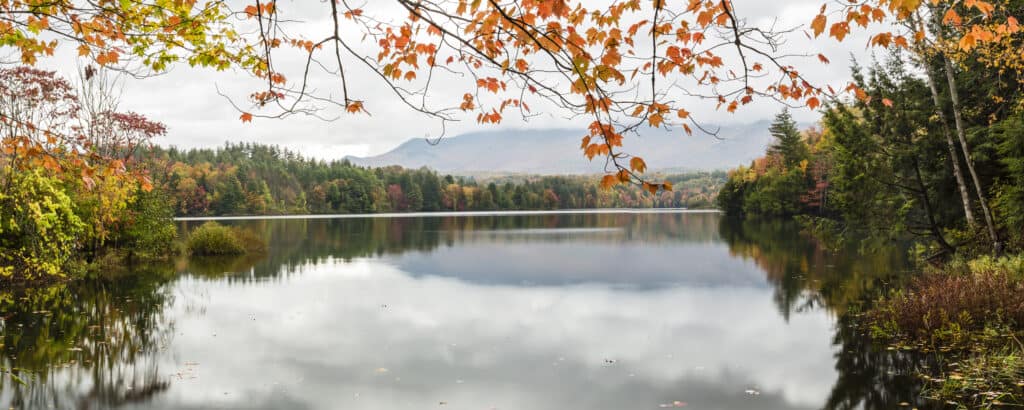
Vermont’s lakes (pictured), rivers, and aquifers are the key to providing clean drinking water to the state’s citizens.
©iStock.com/Lightphoto
Over 70% of Vermont citizens have access to federally-vetted clean water. Another state in the US with great tap water quality is Vermont, which has earned the distinction of having some of the best drinking water in the nation. Vermont’s exceptional tap water is the result of several factors.
To start, the state is rich in natural resources. These resources include beautiful lakes, rivers, and aquifers beneath the ground. Through stringent laws, thorough watershed management, and proactive pollution control strategies, Vermont places a high priority on safeguarding these water sources.
Vermont enacts additional state-specific restrictions in addition to complying with the Environmental Protection Agency’s criteria for water quality. The water supply is regularly tested to make sure it constantly satisfies or exceeds the highest safety and purity requirements. Vermont also makes investments in cutting-edge infrastructure and technology for water treatment. Modern filtration techniques, disinfection procedures, and cutting-edge treatment technologies efficiently remove impurities to provide the best tap water.
6. Connecticut

Connecticut places a high priority on the health and well-being of its citizens by implementing significant measures to ensure the purity of its tap water.
©Millenius/Shutterstock.com
Connecticut prioritizes the health and well-being of its citizens by taking substantial steps to guarantee that their tap water is pure. The state’s extensive plans and strict laws demonstrate its dedication to maintaining water quality.
In addition to enforcing extra state-specific laws, Connecticut adheres to the Environmental Protection Agency’s water quality requirements. The water supply is subjected to stringent monitoring methods.
The state makes investments in infrastructure and cutting-edge water treatment technology. Modern filtering techniques, disinfection procedures, and chemical processes efficiently remove pollutants like bacteria, viruses, chemicals, and sediment to ensure that tap water is pure and clear.
Connecticut places a high priority on safeguarding water sources, such as aquifers beneath the earth and reservoirs beside rivers. To protect these priceless resources from contamination and depletion, the state employs watershed management techniques, conservation initiatives, and pollution prevention methods.
7. New Hampshire
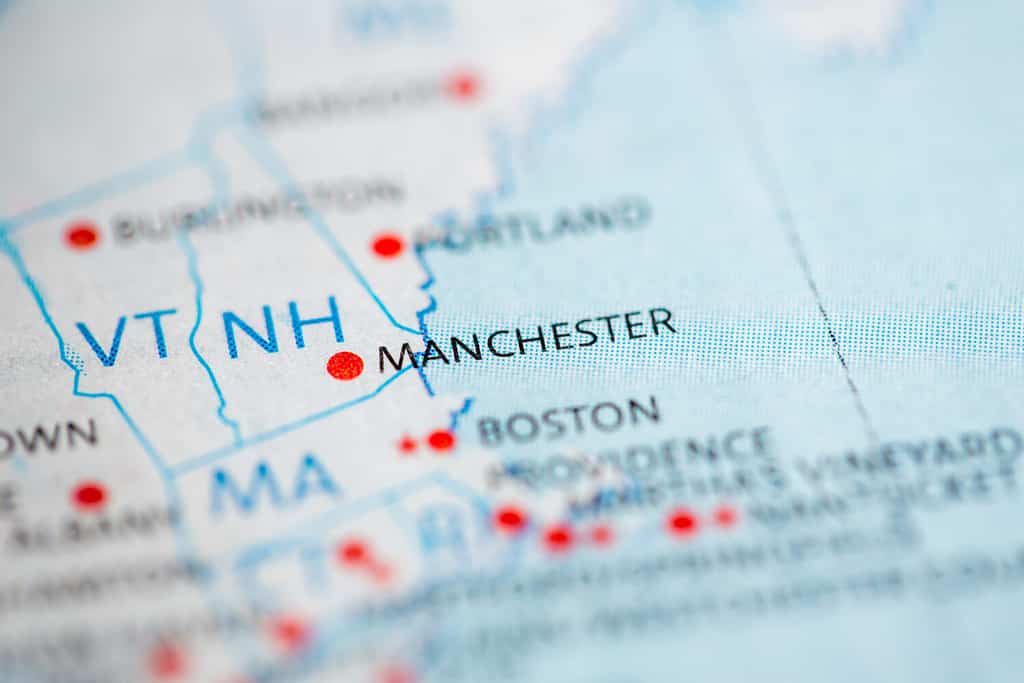
New Hampshire is committed to providing its citizens with access to clean tap water through various programs dedicated to assuring water quality and safety.
©SevenMaps/Shutterstock.com
Through a number of programs focused on assuring water quality and safety, New Hampshire is committed to giving its citizens access to clean tap water. In order to do this, the state uses extensive techniques and strict laws.
While the Environmental Protection Agency has set severe criteria for water quality, New Hampshire complies with them as well as other rules that are state-specific. The state makes regular investments in cutting-edge water treatment facilities and equipment as well. Residents are given access to clean and drinkable tap water thanks to the use of sophisticated filtration systems, disinfection procedures, and chemical treatments that are safe for humans.
Protecting New Hampshire’s water supplies, including its lakes, rivers, and groundwater, is another top priority. The state aims to protect these essential resources from pollution and depletion through conservation initiatives, watershed management, and pollution prevention measures.
8. Minnesota
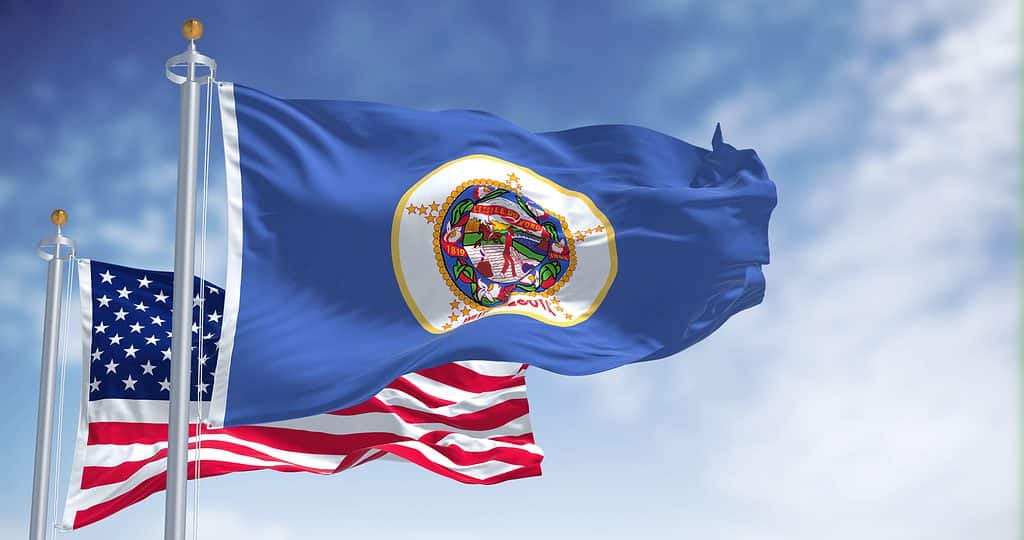
Minnesota makes investments in cutting-edge water treatment methods.
©rarrarorro/Shutterstock.com
Minnesota has won drinking water contests in the past! Through a mix of strict laws, cutting-edge treatment techniques, and proactive water management practices, Minnesota promotes clean tap water for its citizens throughout the state.
While the Environmental Protection Agency has established criteria for water quality, Minnesota has added additional state-specific rules. To ensure compliance with safety regulations, the Minnesota Department of Health actively monitors and analyzes water sources to spot any possible pollutants and remedy them.
The state makes investments in cutting-edge water treatment methods. To get rid of contaminants and pathogens from the water supply, for instance, several municipalities in Minnesota use activated carbon filtering systems and UV disinfection techniques.
Protecting Minnesota’s water sources, which include lakes, rivers, and aquifers, is a top priority for state officials. To protect water quality and maintain these priceless resources, the state uses watershed management plans, conservation techniques, and pollution control measures. Additionally, Minnesota promotes public involvement via initiatives like Wellhead Protection, where localities collaborate to protect the quality of drinking water sources and avoid pollution.
9. South Dakota
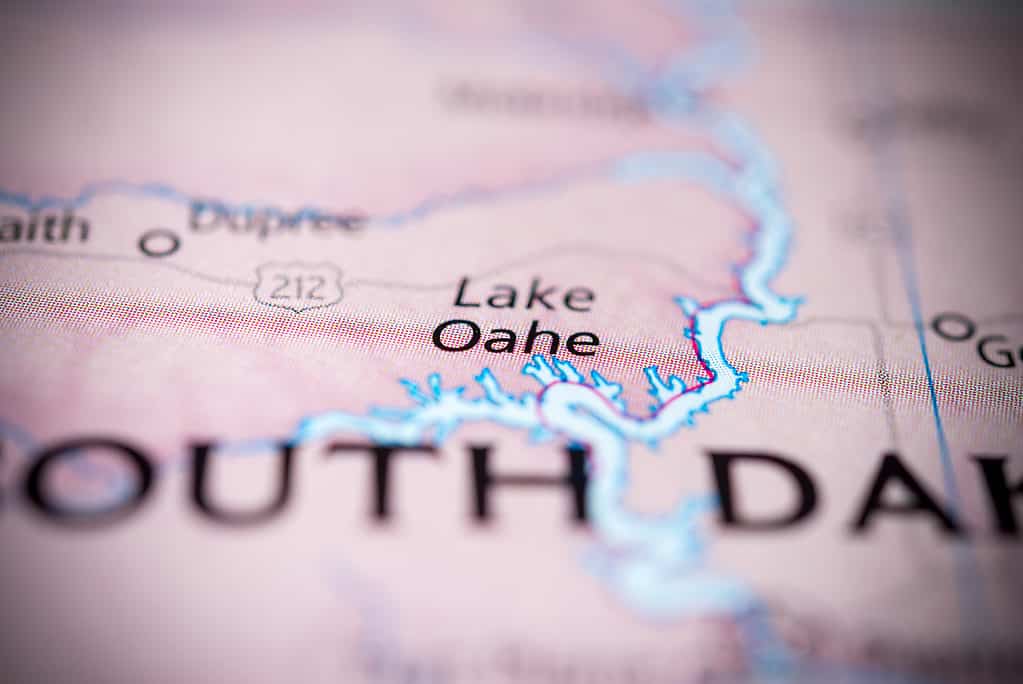
Clean water meeting federal standards is accessible to over 95% of water users in South Dakota.
©Tudoran Andrei/Shutterstock.com
Over 95% of South Dakota’s water users have access to clean water that meets federal standards. Through a mix of strict laws, vigilant oversight, and efficient water treatment techniques, South Dakota places a high priority on providing safe tap water to its citizens.
The state follows the Environmental Protection Agency’s established severe criteria for water quality and also complies with state-specific laws. The state makes investments in cutting-edge water treatment facilities and equipment. Processes including coagulation, sedimentation, filtration, and disinfection are used in many South Dakotan municipalities. They are done to efficiently remove contaminants and guarantee clean and safe tap water.
South Dakota seeks to protect its rivers, lakes, and groundwater from pollution and depletion. It does so through watershed management methods, conservation initiatives, and pollution prevention measures. Programs to preserve wellheads, stormwater management strategies, and best management practices for agriculture to reduce runoff and safeguard water sources are a few examples of particular activities.
10. Rhode Island

Rhode Island’s tap water, sourced from groundwater, is deemed safe for drinking as it undergoes federal vetting, accounting for over 90% of the supply.
©iStock.com/TW Farlow
Over 90% of Rhode Island’s tap water comes from groundwater that has been federally vetted as safe for drinking. By combining strict rules, thorough monitoring, and the best water management techniques, Rhode Island exhibits a strong commitment to maintaining safe tap water. To keep its water supply secure and of high quality, the state takes a number of steps.
Rhode Island imposes extra state-specific rules in addition to strictly enforcing the Environmental Protection Agency’s water quality criteria. In order to identify and treat any possible pollutants, the Rhode Island Department of Health undertakes stringent monitoring and testing of water sources.
The state makes investments in infrastructure and cutting-edge water treatment technology. Modern filtration systems, disinfection procedures, and chemical treatment techniques are a few examples of ways that efficiently remove impurities, pathogens, and toxins to give inhabitants access to clean and drinkable tap water.
The preservation of water resources is emphasized in Rhode Island as well. The state takes measures to protect lakes, rivers, and groundwater from contamination and depletion. The state employs watershed management methods, conservation initiatives, and pollution prevention measures.
All of the states we’ve mentioned have some of the best tap water in the country. If you happen to live in one of these states, good for you! If you don’t live in one of these states and want to encourage better monitoring and enforcement of clean water laws in your state, get involved at EWG.org.
Summary of the States with the Best Tap Water
Here is a list of the States with the Best Tap Water:
| Rank | States |
|---|---|
| 1 | Massachusetts |
| 2 | Oregon |
| 3 | Missouri |
| 4 | Kansas |
| 5 | Vermont |
| 6 | Connecticut |
| 7 | New Hampshire |
| 8 | Minnesota |
| 9 | South Dakota |
| 10 | Rhode Island |
The photo featured at the top of this post is © Serhii Ivashchuk/Shutterstock.com
Thank you for reading! Have some feedback for us? Contact the AZ Animals editorial team.







